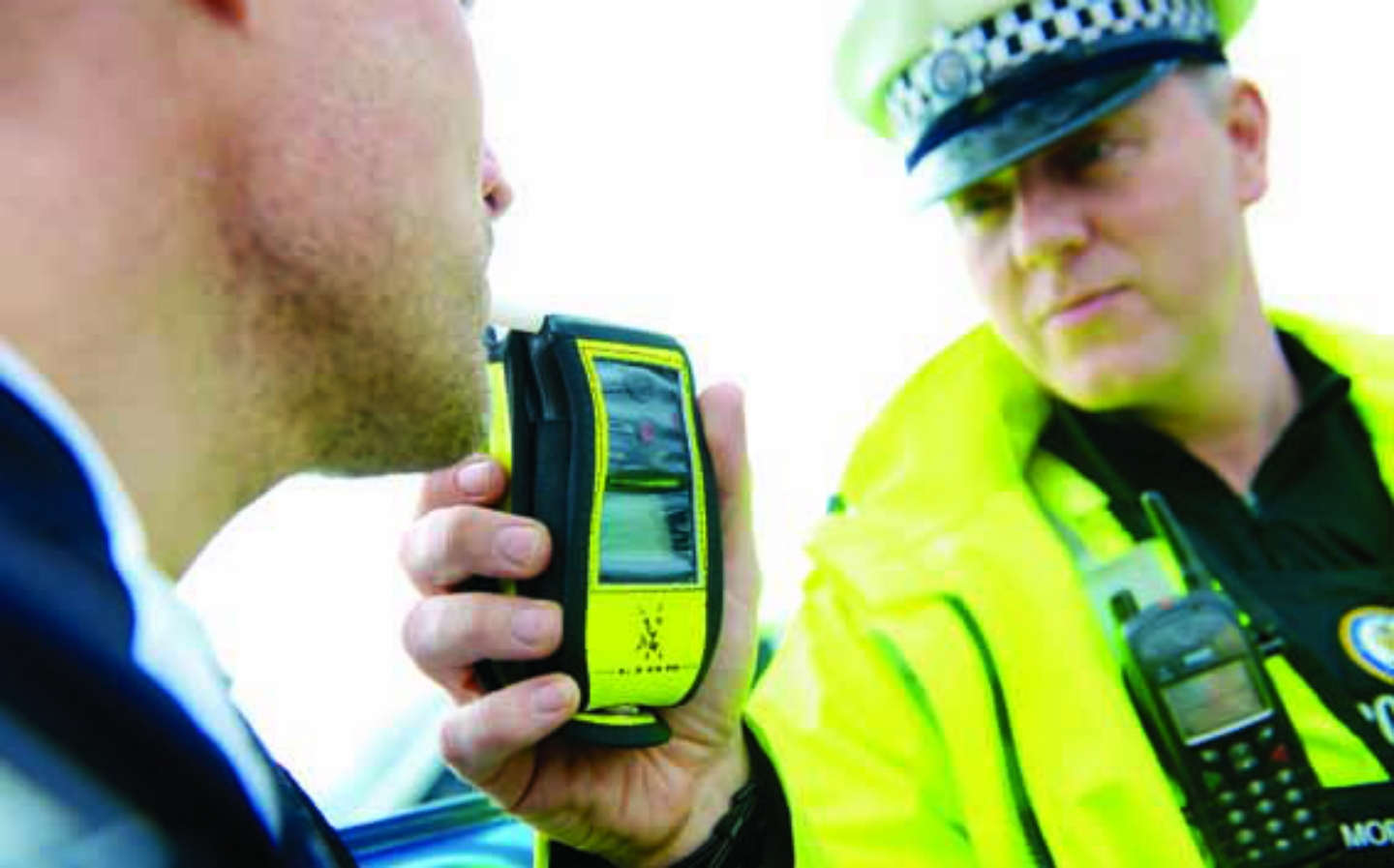Deaths caused by drink-drivers rises to highest level since 2009
Drink-driving accidents, however, fell by a third over the same timeframe
THE NUMBER of deaths caused by drink-drivers on UK roads has risen to its highest rate for eight years, according to figures released by the Department for Transport (DfT).
The most recent estimates for 2017 indicate 250 people were killed in drink-drive accidents; a mild increase over the 230 cases reported in the previous year and the 240 in 2010, and the highest it’s been since the 380 reported drink-driving deaths in 2009.
Over that same timeframe, the number of people seriously injured in drink-drive accidents also increased, from 1,240 casualties to 1,380 in 2017. Again, the DfT figures indicate this is the highest it’s been since the 1,500 reported serious injuries resulting from drink-drive accidents in 2009.
A full breakdown of accidents based on all driver age bands wasn’t provided in the figures, though the available data does suggest young drivers were more susceptible to having a major accident when over the limit. Of the 1,630 people killed or seriously injured in drink-drive road accidents in 2017, more than a fifth (22%) involved drivers and riders between 17 and 24 years of age.
While the new figures show drink-driving deaths and serious injuries have increased over the last eight years, the data indicates the number of accidents caused by motorists with alcohol in their system has substantially decreased over the same time period. In 2009, the total of accidents resulting from drink drivers stood at 8,050 — by 2017, this had fallen by nearly a third (29.2%) to 5,700 incidents.
Those eight years saw the total number of people caught up in drink-drive accidents fall by a similar amount (28.5%), from 12,030 total casualties in 2009 to 8,600 in 2017.
In response to the new figures, some road safety organisations have suggested solutions to help curb any future rises from happening. The charity Brake has argued for the increased use of driving bans by the courts to penalise motorists caught drink-driving, and GEM has recommended reducing the alcohol limit in England, Wales and Northern Ireland to 80 to 50mg per 100ml of blood; bringing it in line with the standards introduced in Scotland in 2014.
Other organisations also claim to be making progress in getting as many intoxicated motorists off the roads as possible. In March 2019, Swedish car maker Volvo announced it was working on autonomous in-car tech that would automatically pull the car over if it detected the driver was drunk, and select UK police forces as of March this year have been trialling new mobile breathalyser tech that can “rapidly calculate the amount of ethanol in exhaled breath” ahead of a planned nationwide rollout in summer 2020.
While The Times reports the DfT as saying the rise in deaths caused by drink-drivers is “not statistically significant”, the UK government has previously outlined plans to clamp down on the minority of motorists who flout drink-driving laws. In July this year, it confirmed it was looking into how it could use breathalyser-based in-car “alcolocks”, which prevent a car’s engine from starting if the driver is above the drink-drive limit, to help rehabilitate repeat offenders.
Tweet to @J_S_Allen Follow @J_S_Allen
Volvo cars to detect drunk drivers and autonomously pull over
Government considering in-car ‘alcolocks’ to curb drink-driving re-offending





